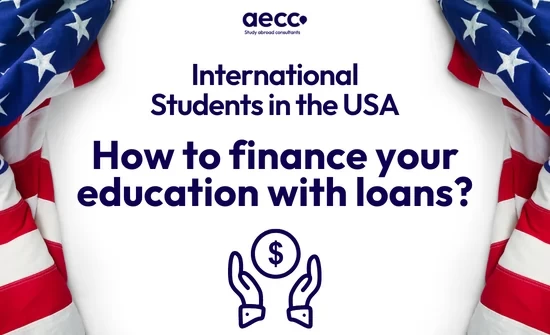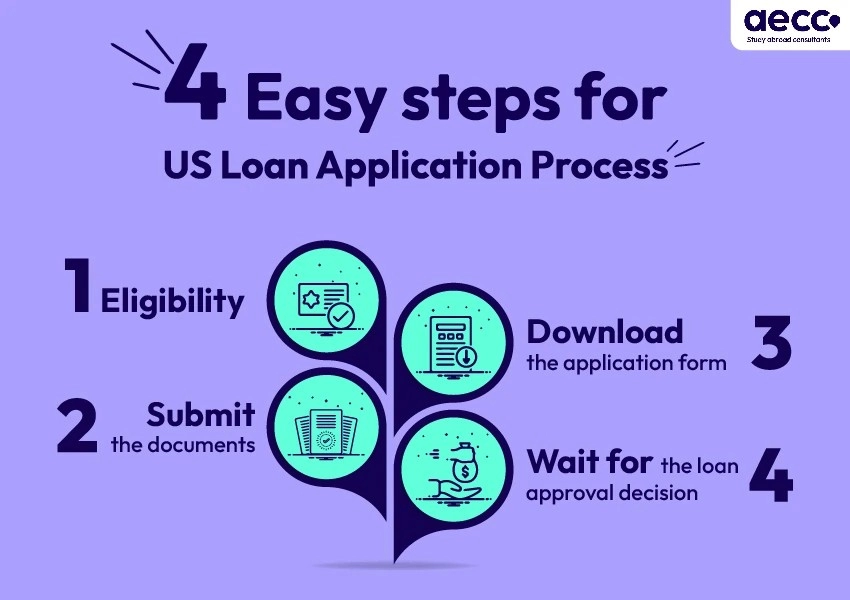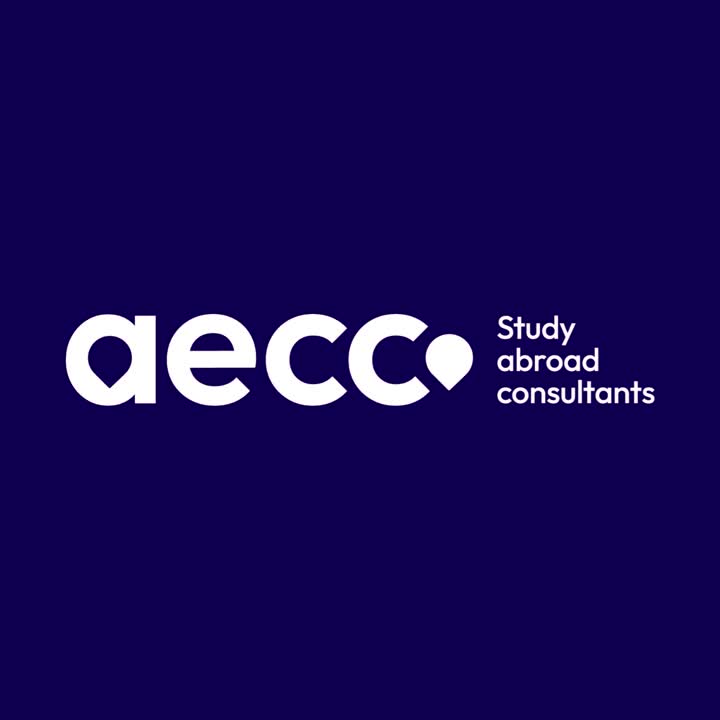Financing your education can be a daunting task, especially when you're an international student. American universities are usually the highest amongst the tuition fee bracket, not to forget the additional housing and living costs!
These costs make the US college dream a tough one for many Nepalese.
But don't worry, there are plenty of options available to you. One option is to avail education loans. Loans can come from the government, private lenders, or even family and friends.
In this blog, we will explore the various types of education loans available in the USA and provide tips and guidance on how to finance your education in the most effective and affordable way.
Table of Contents
Who are cosigners?
A cosigner is a creditworthy adult who willfully agrees to sign the loan document with the borrower. This makes them responsible for loan repayment in case the borrower (student) fails to repay the loan amount on time.
Requirements for a cosigner for international students studying in the USA:
The requirements for a co-signer on an education loan in the USA for international students typically include:
- U.S. citizenship or permanent residency: The co-signer must be a U.S. citizen or have permanent residency status.
- Good credit history: The co-signer must have a good credit history and a strong credit score.
- Steady income: The co-signer must have a steady source of income and be able to show that they are financially stable.
- Ability to repay the loan: The co-signer must be able to demonstrate that they have the ability to repay the loan in the event that the borrower is unable to do so.
Stuck between a rock and hard place? Not sure how to get the cosigner you need for your education loan in the USA? Don't worry, this article will show you of all the ways US education loans can be achieved regardless of a cosigner's access/availability.
Related Article: Eligibility requirements to Study in USA
International loans with a cosigner:
Students seeking a loan from a foreign lender have the option of applying for an internationally-based loan with a cosigner. This involves finding another individual to guarantee repayment of the loan in case the borrower fails to do so.
A cosigner with a good credit score and financial stability can increase your chance of securing approval from the lender.
It is certainly an important responsibility and therefore both student and cosigner should sign and read the terms and conditions carefully.
Who provides education loans in the USA without a cosigner?
In the USA, there are several options for students to obtain education loans without a cosigner:
Federal student loans: The US government provides financial support for those pursuing higher education in the form of student loans. These come in two varieties, Stafford and Perkins loans, and are especially attractive to potential borrowers due to their low-interest rates, flexible repayment options and lack of need for a cosigner or credit check.
Private student loans: For students without a cosigner, some financial institutions provide student loans but these may include higher interest rates and more demanding payment requirements. To qualify, applicants must generally possess a good credit record or evidence to show they can manage the repayment of the loan.
College work-study programs: In order to assist students with tuition, a variety of universities and colleges provide work-study programs. These jobs are part-time and on campus which allows the student to earn while studying
Scholarships and grants: Students can also consider scholarships and grants

Education loan requirements to study in the USA:
Students need this particular information as a key to kickstart their academic journey in the USA. However, these requirements for international students in the USA may vary depending on the type of loan and the lender, but here are some general requirements:
Proof of enrolment: Most lenders will require international students to be enrolled in a degree-granting program at an accredited institution in the USA.
Proof of income or financial stability: Some lenders may require international students to demonstrate their ability to repay the loan, either through a job or by showing a stable source of income.
Credit history: While some federal student loans do not require a credit check, private student loans may require a good credit history or the support of a cosigner with a good credit history.
Proof of citizenship: International students may be required to provide proof of citizenship or permanent residency.
Proof of identity: Most lenders will require international students to provide government-issued identification, such as a passport.
Related Article: Know about Intakes in USA
Loan application process for US education loans from Nepal:
The loan application process for US education loans from Nepal may vary based on the lender and the type of loan. Here is the loan application process for a Nepalese student:
Download the application form: For those who wish to fill out education loan forms, there are two options. Going online is the quickest and easiest option; just visit your chosen bank's website, where you will be able to download the form. Alternatively, those wishing to fill out their forms in person may visit a bank and obtain the necessary documentation
Submit all the documents: In order to ensure your application is successful, it's important you fill out the form thoroughly and include all relevant documents. Be sure to verify each detail is correct before submitting.
Wait for approval: After finishing the application form, students must await the decision. Should their loan be approved, they must carefully review and accept the stipulations laid out in the agreement.

It is important to note that international students in the US may face additional challenges when applying for education loans, such as the requirement of a co-signer and the need to provide additional documentation. Therefore, It may be helpful to work with a financial advisor or education loan specialist to ensure that you understand the loan process and make informed decisions.
Keep an eye out on our EVENTS page for upcoming events.
Education loan interest rate in the USA:
When it comes to education loans in America, there is no one-size-fits-all interest rate. Factors such as type of loan, lender, borrower's credit history and length of loan all play a role in determining how much borrowers need to pay for their student debt.
Federal student loans are set by the government each year and have fixed rates. For example, direct subsidised and unsubsidised loans will come with an interest rate of 2.75% in the 2022–2023 academic year.
| Refinance student loans | ||
| Fixed | 5.40% to 9.92% | |
| Variable | 4.68% to 9.47% | |
| Private student loans | ||
| Fixed | 5.99% to 13.78% | |
| Variable | 5.61% to 13.27% | |
| Federal student loans (fixed) | ||
| Undergraduate | 4.99% | |
| Graduate | 6.54% | |
| PLUS (Parent, Grad) | 7.54% | |
PRO TIP: Current interest rates for federal student loans can easily be found on https://studentaid.gov/types/loans/interest-rates, which is hosted by the U.S. Department of Education.
On the other hand, private student loans provided by banks, credit unions or other financial institutions can have variable rates that depend on the borrower's creditworthiness. These can range from 3% to 15%, depending on the lender's criteria.
PRO TIP: For students looking for private loans, https://www.finaid.org/loans/privatestudentloans.phtml and https://www.consumerfinance.gov/student-loans/private-student-loans/ are two amazing websites that provide in-depth information on private loan guidelines and comparisons for international students.
Repayment of US Education loan and how it works for international students:
When taking out an education loan in the United States, Nepalese students should be aware of how long repayment is expected to take. Generally speaking, repayment of the loan must occur within 10–20 years from the date it was disbursed; this timeline will be specified in the original conditions that were accepted when taking out the loan.
Here are some general steps involved in repaying a US education loan:
- Review the loan repayment terms and schedule, including the interest rate, loan term, and monthly payment amount.
- Choose a repayment plan that best fits your financial situation and future plans. Most federal student loans offer multiple repayment plans, including standard, graduated, extended, and income-driven repayment plans.
- Make payments on time and in full each month. Payments can usually be made online, by mail, or by automatic debit from a bank account.
- In case of any financial difficulties, consider alternative repayment options such as deferment, forbearance, or loan consolidation.
- Stay informed about your loan balance and repayment status by regularly checking your loan account information online or contacting your loan servicer.
It is important to remember that failing to make payments on your loan can have serious consequences, including damaged credit, wage garnishment, and legal action. If you are having difficulty making payments, it is important to reach out to your loan servicer as soon as possible to explore alternative repayment options.
Attending an American university is a large financial commitment, so it is important to properly research the best education loan options available in order for you to be able to participate in one of the world's most sought-after academic experiences. Taking the right steps towards securing a loan can help ensure that no impediment will stand between you and achieving your educational goals.





